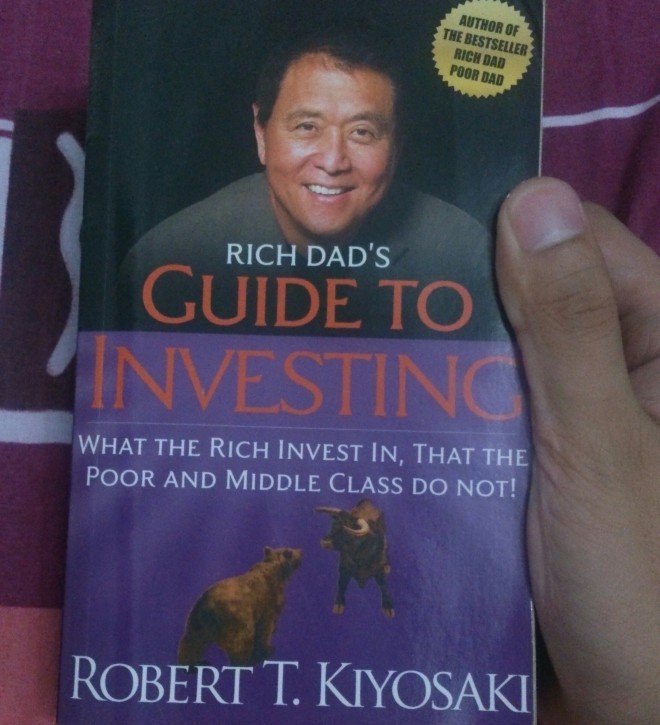
Before proceeding to giving out my insights and reactions for this Chapter, let me get back to Chapter 13 because it is in that chapter where the author learned that investing through securities such as stocks and bonds are not the only forms of investing. I brought that up because in this Chapter with the title “Reduce Risk Through Financial Literacy”, Mr. Kiyosaki proved my instincts that the other form of investment he is mentioning in Chapter 13 is investing in a business.
Investing is a process of putting up a certain sum of money to earn more money. It does not specify what to do with the money but as long as it gives more money in return for the amount initially used, it is considered investing. It is on this Chapter that the author introduced business as a form of investment. Like a job for an employee, a business is a form of an ordinary earned income.
People fail to observe that most of the rich have generated most of their income from their businesses that they have started, created or bought. The rich does not rely solely on passive and portfolio income but because their earnings through their businesses are big enough, they now have a lot of money to buy real estate properties for them to generate passive income as well as to hold stocks and bonds that gives them portfolio income.
If only people would learn how to spot the opportunities that they can turn into businesses, their lives would be more secure and comfortable. The problem with most people is that they are financially illiterate. They prefer having money rather than holding assets with high potential. When it comes to their financial life, they prefer to have money than holding a property that can be later developed into a profitable business. No wonder many prefer to become employed the rest of their lives.
If only people would learn on how to maximize the potential of the assets they are holding, they may end up richer than anyone. The problem is, most of us are never taught to have a mind of an entrepreneur. Most of us are taught to become employees. If we would only realize the skills and talents we acquired through time and develop them, we could make use of them and turn them to our most precious assets.
I feel happy now that a lot of my fellow millennials are doing the right thing. I see a few of my friends pursue their passion like photography and filmography for a living. There were also some who pursued cooking and baking while others are now making use of the social media and the internet through online selling. Change is coming indeed and once more and more realize that there are more ways than one in attaining a comfortable and secure life, we could get off the hump and become more financially literate.












